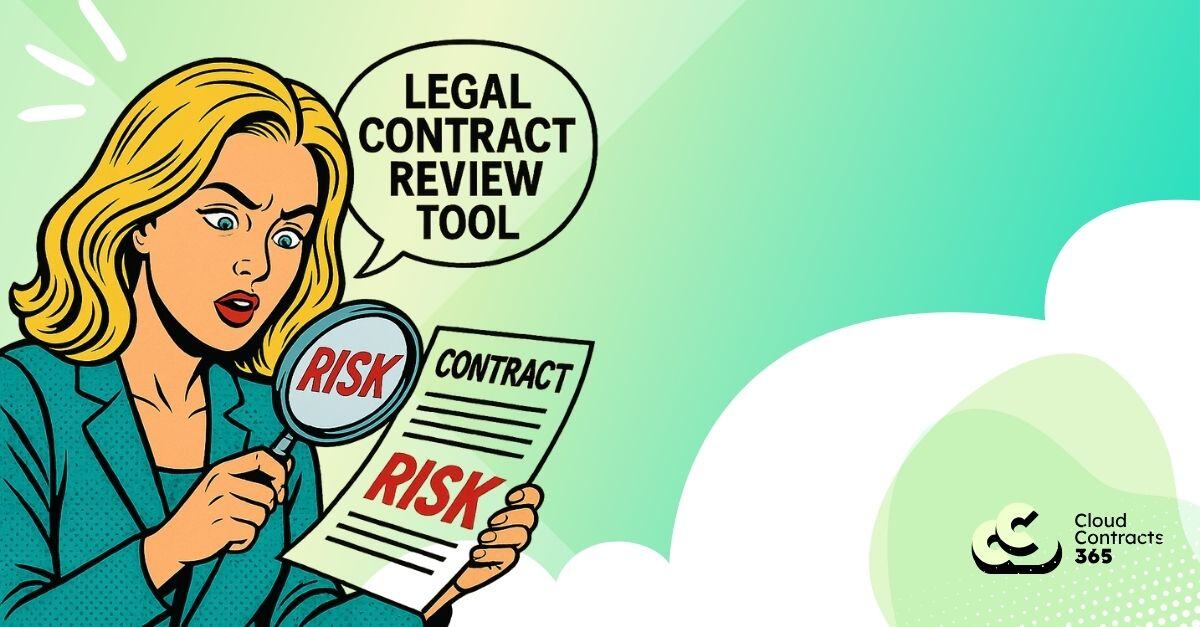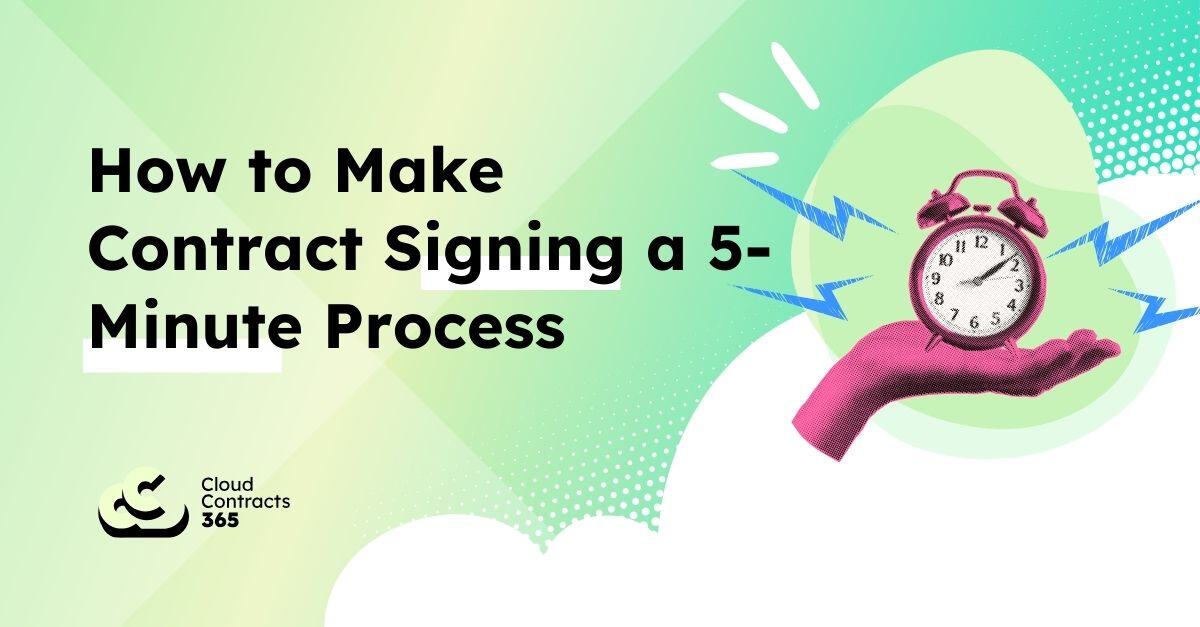For tech companies speed, clarity and efficiency in business dealings are paramount. One of the tools that can help ensure smooth and quick transactions is a Letter of Agreement (LoA). This document serves as a concise yet binding legal agreement between parties. Here’s everything you need to know about Letters of Agreement.
What is a Letter of Agreement?
A Letter of Agreement is a simplified contract for lower value deals (we usually recommend LoAs for engagements with a value of approximately £25,000) that documents the terms of an agreement between two parties. Unlike oral contracts, which can sometimes be legally binding but are often more challenging to enforce, a Letter of Agreement puts the terms in writing, providing clear evidence of the agreement's details. This type of document can be particularly useful for lower-risk deals that need to be executed quickly but that still provide basic risk management.
Key Elements of a Letter of Agreement
The first point to note is that it should be set out as letter, however these are the key areas it should include:
- Parties Involved: The names and contact information of the parties entering the agreement.
- Date: The date the agreement is signed and becomes legally effective.
- Introduction: A brief overview of the agreement, including the purpose and background of the engagement between the parties.
- Obligations: Clear definitions of what each party is expected to do.
- Price and Payment Terms: Details on how much is to be paid, by whom, and when.
- Confidentiality: Clauses to protect sensitive information shared during the agreement.
- Term and Termination: Duration of the agreement and conditions under which it can be terminated, including any fees that could be applicable.
- Liabilities: Definition of liabilities and any caps on these liabilities.
- Data Protection: Compliance with GDPR and other relevant data protection laws.
- Governing Law and Jurisdiction: Specifies that the agreement is governed by English law and disputes will be settled in English courts.
When to Use a Letter of Agreement
Letters of Agreement are particularly useful when a formal, detailed contract isn't necessary. They are ideal for:
- Small, low-risk projects
- Short-term engagements
- Situations where both parties already have a good understanding and trust
For example, if a tech company needs to quickly onboard a consultant for a short project, a LoA can speed up the process compared to negotiating a full-length contract.
Practical Tips for Tech Businesses
- Be Clear and Concise: Use straightforward language to avoid misunderstandings.
- Include Essential Terms: Even though the document is shorter than a full contract, it should still cover all key aspects of the agreement.
- Consult Legal Resources: When in doubt, refer to templates or consult with a legal professional to ensure your LoA is comprehensive.
- Use Digital Tools: Platforms like Cloud Contracts 365 (Cloud Contracts 365 | Contract Management Made Simple) can help automate the creation and management of Letters of Agreement, ensuring accuracy and saving time.
Benefits of Using a Letter of Agreement
- Speed: Quickly drafted and agreed upon, facilitating faster business transactions.
- Simplicity: Easier to understand and negotiate, especially for straightforward deals.
- Flexibility: Can be customised to fit the specific needs of the agreement.
A Letter of Agreement offers a practical solution for documenting and formalising smaller, less complex deals. By ensuring that all essential terms are clearly stated and agreed upon, these documents help prevent misunderstandings and provide a solid foundation for business relationships.
If you need help drafting a Letter of Agreement or want to explore our templates (including our Letter of Agreement), contract creation and AI review tools, visit our Cloud Contracts 365 platform. Our resources are designed to make contract creation as seamless and efficient as possible, tailored to the needs of tech businesses. Start you free trial today: Cloud Contracts 365 | Contract Management Made Simple




























.png?width=1749&height=1743&name=NBWA%202024%20-%20Silver%20Winner%20(1).png)
.jpg?width=800&height=906&name=1725363000656%20(1).jpg)